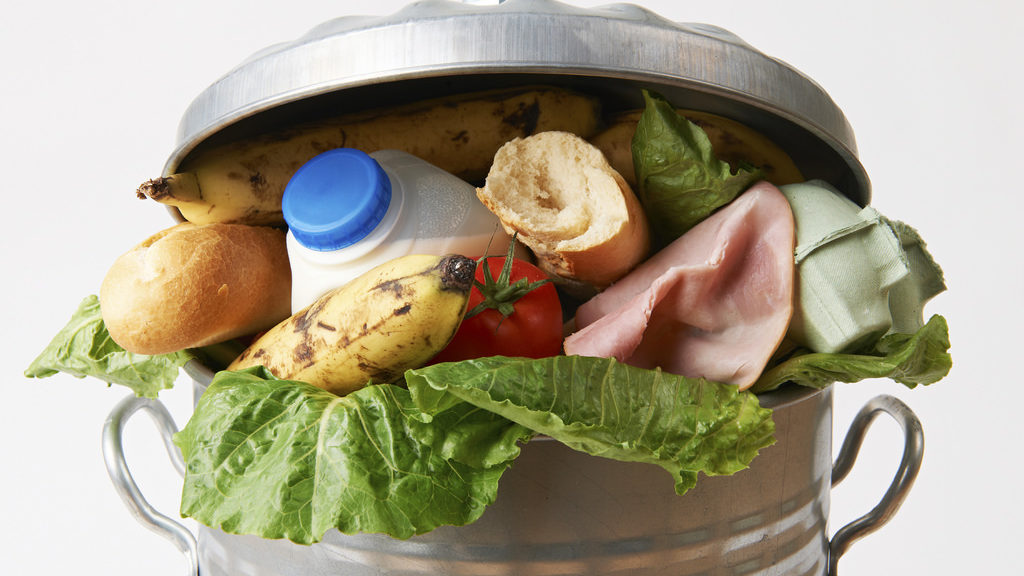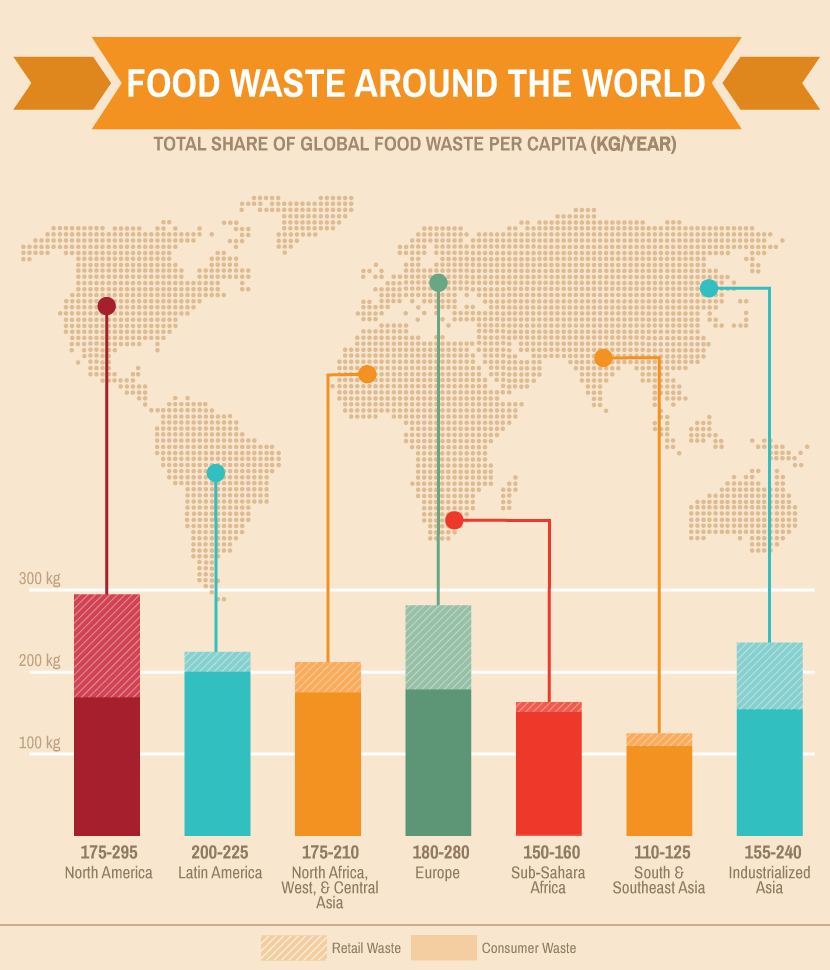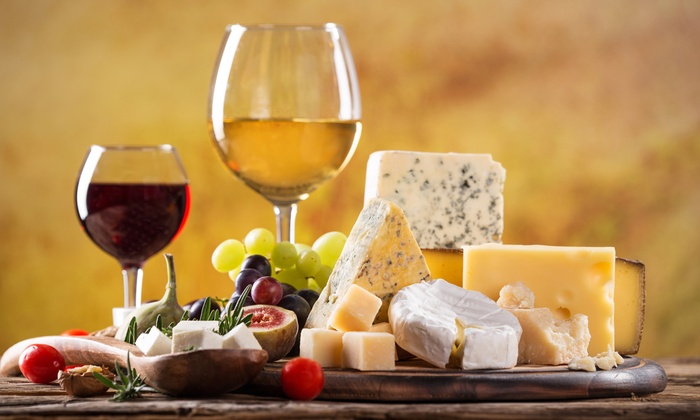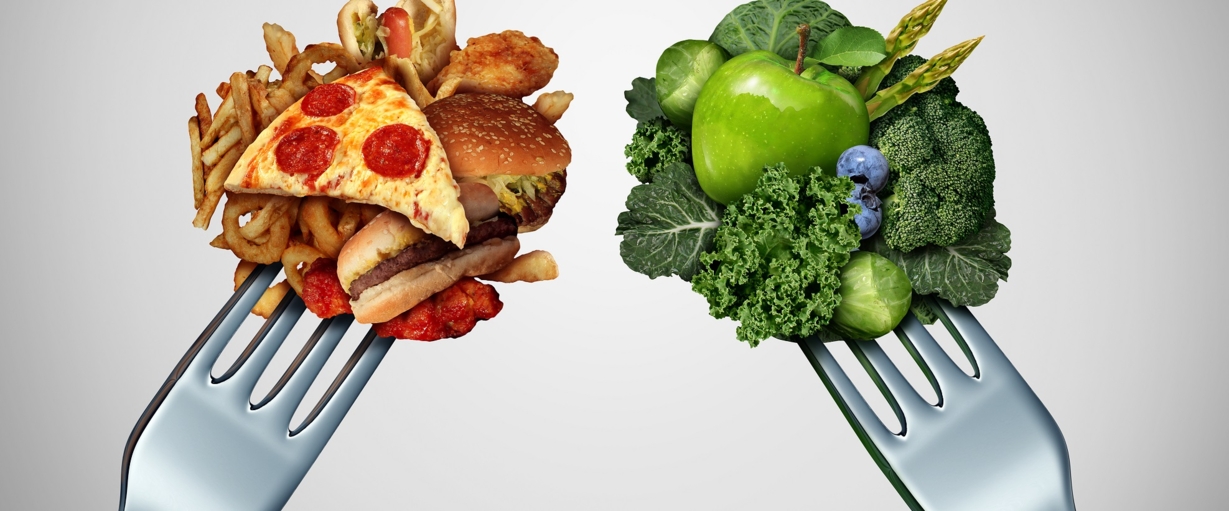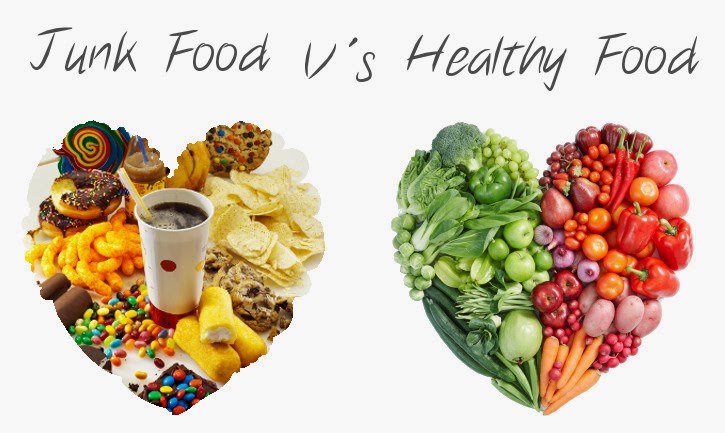There's a better end for used food than taking up space in landfills and contributing to global warming.
Riverside scientists have discovered fermented food waste can boost bacteria that increase crop growth, making plants more resistant to pathogens and reducing carbon emissions from farming.
"Beneficial microbes increased dramatically when we added fermented food waste to plant growing systems," said UCR microbiologist Deborah Pagliaccia, who led the research. "When there are enough of these good bacteria, they produce antimicrobial compounds and metabolites that help plants grow better and faster."
Since the plants in this experiment were grown in a greenhouse, the benefits of the waste products were preserved within a closed watering system. The plant roots received a fresh dose of the treatment each time they were watered.
"This is one of the main points of this research," Pagliaccia said. "To create a sustainable cycle where we save water by recycling it in a closed irrigation system and at the same time add a product from food waste that helps the crops with each watering cycle."
These results were recently described in a paper published in the journal Frontier in Sustainable Food Systems.
Food waste poses a serious threat to the planet. In the U.S. alone, as much as 50% of all food is thrown away. Most of this waste isn't recycled, but instead, takes up more than 20% of America's landfill volume.
This waste represents not only an economic loss, but a significant waste of freshwater resources used to produce food, and a misuse of what could otherwise feed millions of low-income people who struggle with food security.
To help combat these issues, the UCR research team looked for alternative uses for food waste. They examined the byproducts from two kinds of waste that is readily available in Southern California: beer mash -- a byproduct of beer production -- and mixed food waste discarded by grocery stores.
Both types of waste were fermented by River Road Research and then added to the irrigation system watering citrus plants in a greenhouse. Within 24 hours, the average population of beneficial bacteria were two to three orders of magnitude greater than in plants that did not receive the treatments, and this trend continued each time the researchers added treatments.
UCR environmental scientist Samantha Ying then studied nutrients such as carbon and nitrogen in the soil of the treated crops. Her analysis showed a spike in the amount of carbon after each waste product treatment, followed by a plateau, suggesting the beneficial bacteria used the available carbon to replicate.
Pagliaccia explained that this finding has an impact on the growth of the bacteria and on the crops themselves. "If waste byproducts can improve the carbon to nitrogen ratio in crops, we can leverage this information to optimize production systems," she said.
Another finding of note is that neither the beer mash nor the mixed food waste products tested positive for Salmonella or other pathogenic bacteria, suggesting they would not introduce any harmful element to food crops.
"There is a pressing need to develop novel agricultural practices," said UCR plant pathologist and study co-author Georgios Vidalakis. "California's citrus, in particular, is facing historical challenges such as Huanglongbing bacterial disease and limited water availability," said Georgios Vidalakis, a UCR plant pathologist.
The paper's results suggest using these two types of food waste byproducts in agriculture is beneficial and could complement the use synthetic chemical additives by farmers -- in some cases relieving the use of such additives altogether. Crops would in turn become less expensive.
Pagliaccia and Ying also recently received a California Department of Food and Agriculture grant to conduct similar experiments using almond shell byproducts from Corigin Solutions to augment crops. This project is also supported with funding from the California Citrus Nursery Board, Corigin Solutions, and by the California Agriculture and Food Enterprise.
"Forging interdisciplinary research collaborations and building public-private sector partnerships will help solve the challenges facing global agri-food systems," said UCR co-author Norman Ellstrand, a distinguished professor of genetics.
When companies enable growers to use food waste byproducts for agricultural purposes, it helps move society toward a more eco-friendly system of consumption.
"We must transition from our linear 'take-make-consume-dispose' economy to a circular one in which we use something and then find a new purpose for it. This process is critical to protecting our planet from constant depletion of natural resources and the threat of greenhouse gases," Pagliaccia said. "That is the story of this project."
Story Source:
Materials provided by University of California - Riverside. Original written by Jules Bernstein. Note: Content may be edited for style and length.
